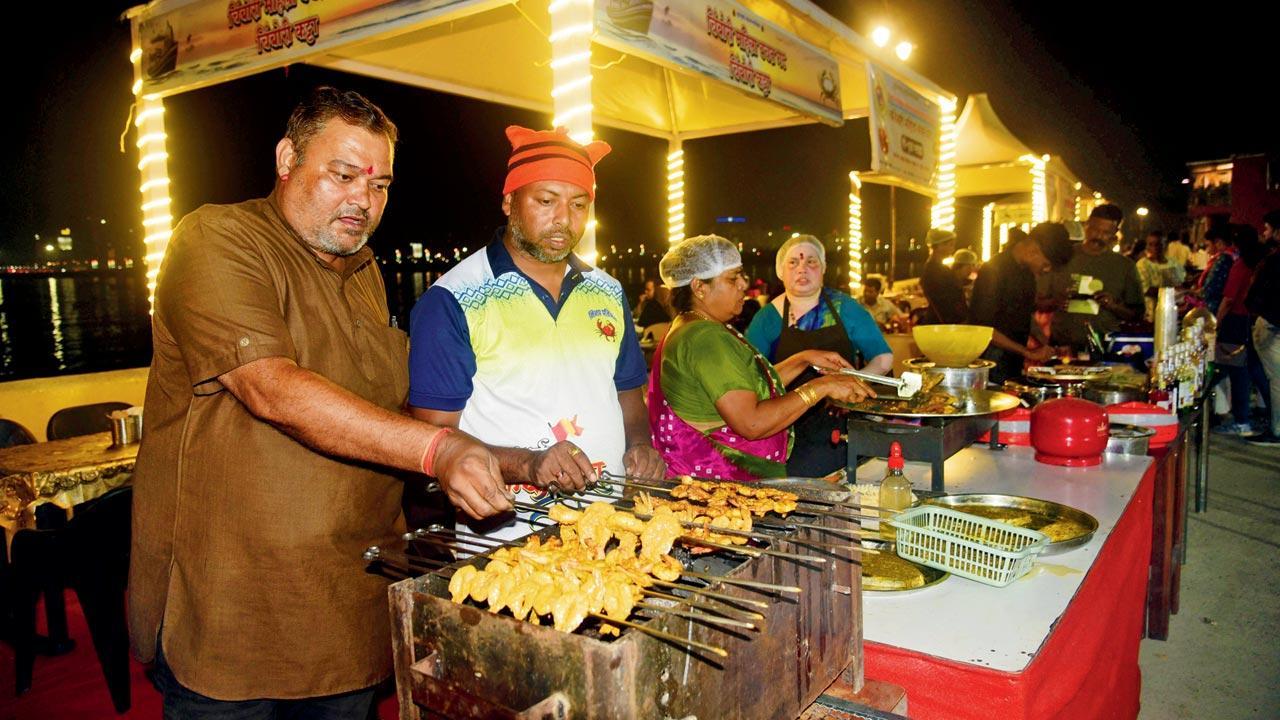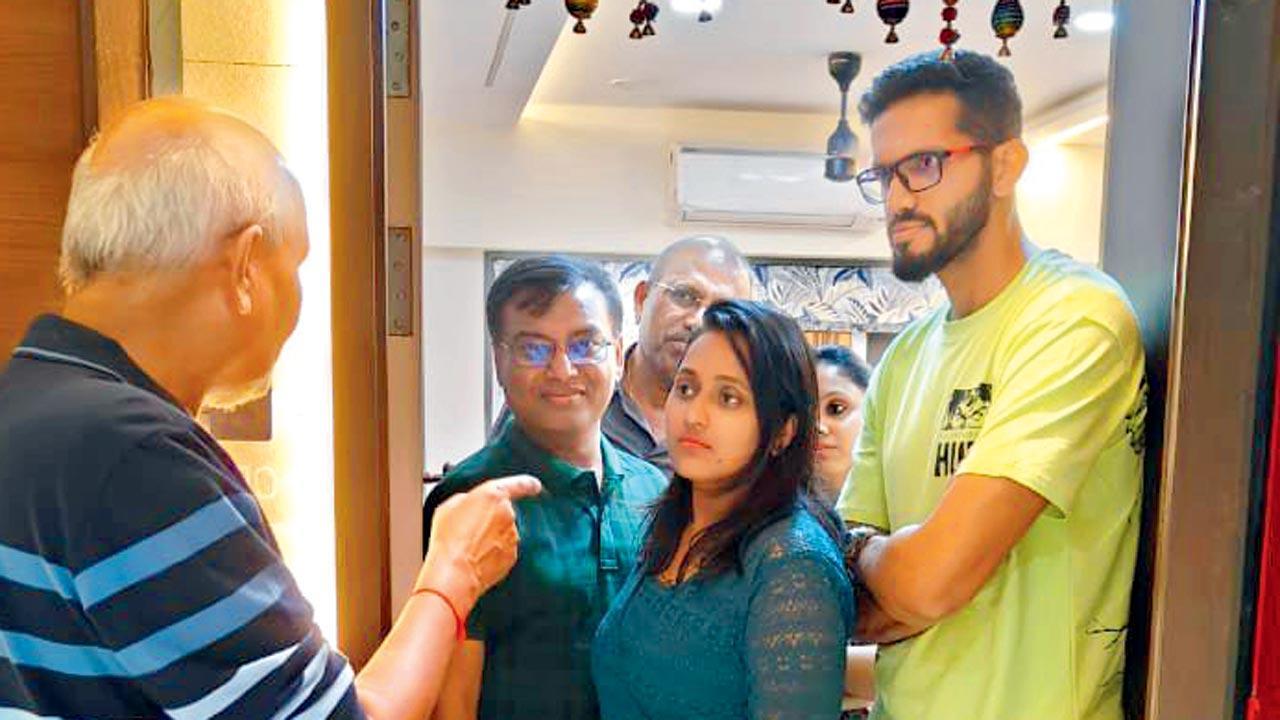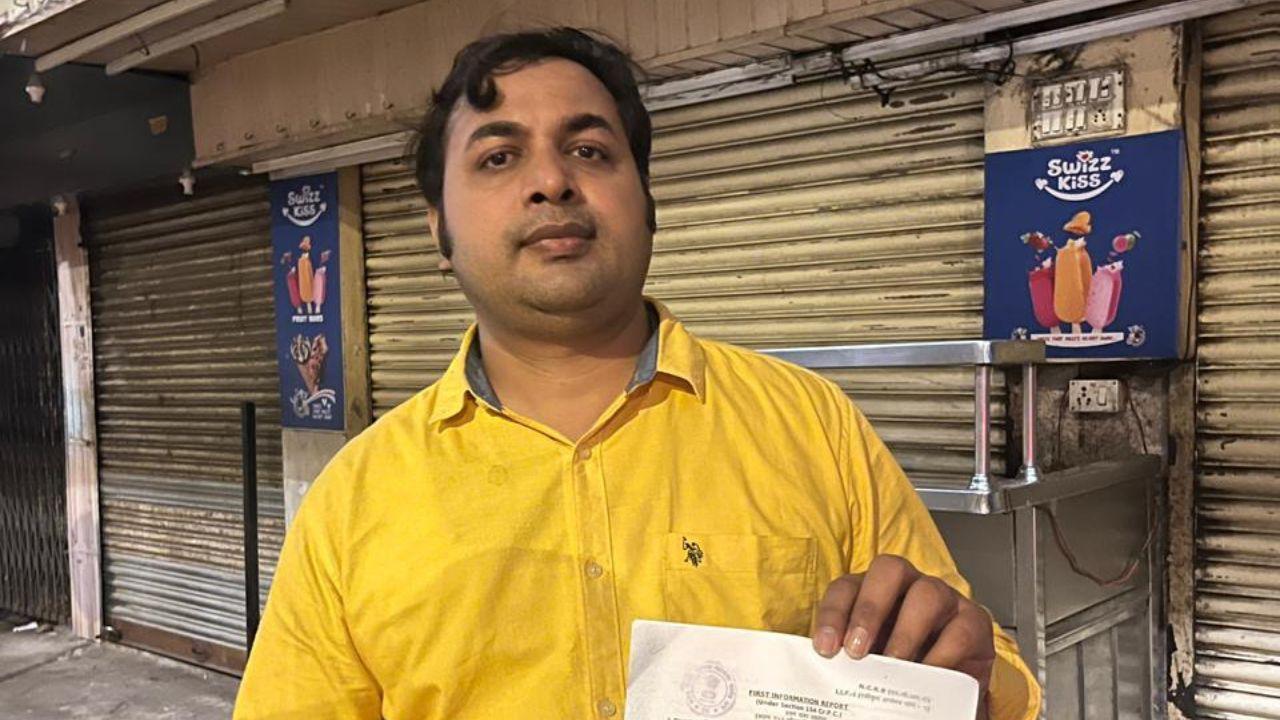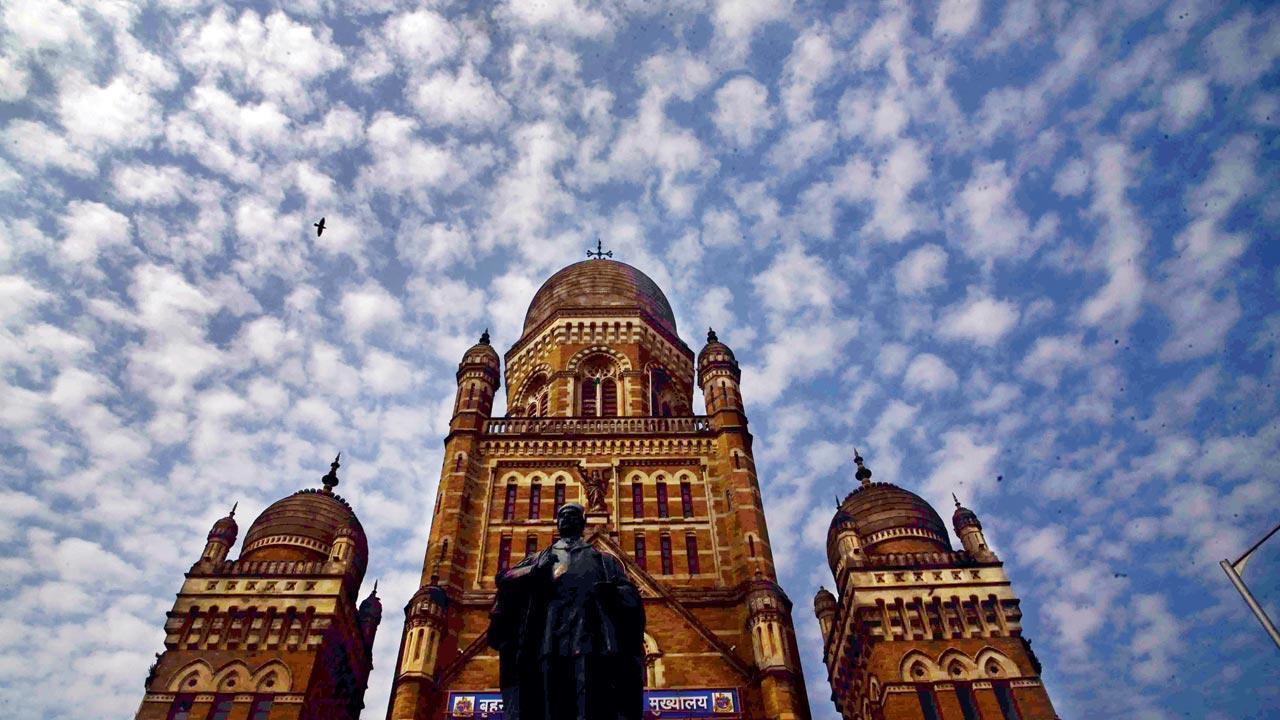Generative AI is experimental. Learn more
- Brihanmumbai Municipal Corporation Water Works4.0(4)Government officeBhandup WestGovernment office that has an average rating of 4.0 based on 4 reviews. Located at 5W2P+88G, Jangal Mangal Rd, Bhandup West, Mumbai, Maharashtra 400078. Open 24 hours.
- BMC Water Department - A-Ward1.0(4)Water treatment plantBorabazar Precinct, Ballard Estate, FortA government office and water treatment plant
- BMC Water Supply1.9(7)Corporate officeSion Koliwada, Antop HillCorporate office that has an average rating of 1.9 based on 7 reviews. Located at 9, Shaikh Mistry Rd, Sion Koliwada, Antop Hill, Mumbai, Maharashtra 400037. Open 24 hours.
Search Results
Featured snippet from the web
Mumbai stares at crisis as BMC neglects water projects
Updated on: 17 February,2024 07:03 AM IST | Mumbai
Prajakta Kasale | prajakta.kasale@mid-day.com
The civic body’s 13-year plan to double water supply remains a mirage
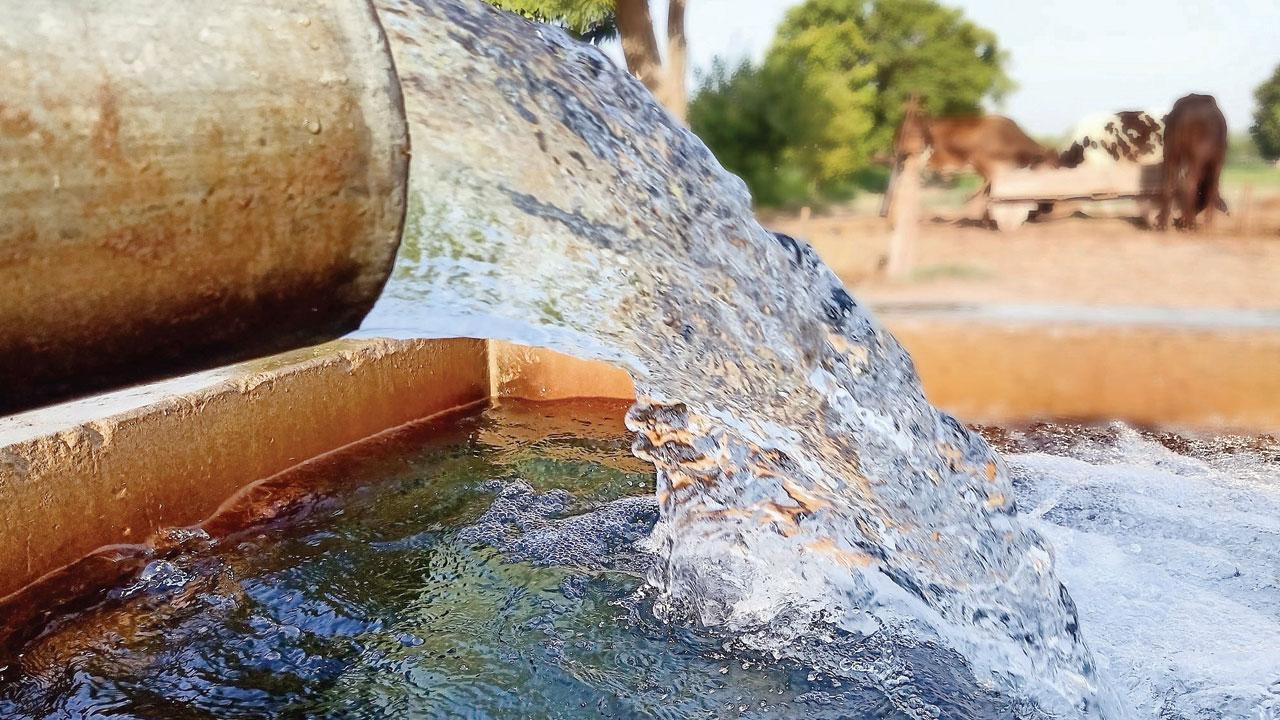
Water levels dropped below 50 per cent, increasing likelihood of water cuts. Representation Pic
- BMC has been focused on awarding tenders for road concreting, neglecting water stock
- No water projects are anticipated to be completed in the next four years
- BMC has sought permission from the state government to utilise reserve stock
The Brihanmumbai Municipal Corporation (BMC) has been primarily focused on awarding tenders for road concreting, neglecting the crucial task of increasing the city`s water stock. With water levels dropping below 50 per cent, and the likelihood of impending water cuts, no water projects are anticipated to be completed in the next four years.
Despite the water stock decreasing to 48 per cent, the BMC has sought permission from the state government to utilise reserve stock from Bhatsa and Upper Vaitarna, similar to the previous year. The hydraulic department has proposed a 10 per cent water cut to mitigate potential crises if the monsoon faces delays. Despite recurring water cuts and shortages, the BMC remains indifferent to expediting long-planned water stock projects.
Need for more water sources
The last reservoir, the Middle Vaitarna Dam, was built and commissioned in March 2014. Work on the dam began in October 2008. Though the BMC has been working on the Gargai Dam, nothing much happened on that front. The project needs environmental clearance from the central Ministry of Environment, Forest and Climate Change. But before that, the proposal has to get a nod from the state forest department for which a report has to be sent from the Thane forest.
“We sent all the relevant details, made a presentation, and arranged a joint visit to the actual site. It has been months, but nothing happened yet. It is an important project for the city but we cannot do it unless and until permission is granted,” said a senior official from the BMC.
The BMC has not proposed any allocation of funds for the project in budget estimates for 2024-25. The civic body proposed Rs 350 crore for a desalination plant at Manori with the capacity to increase daily supply by 200 million litres of water by 2028 if all things fall in place. However, the corporation extended the deadline for tender submission for its ambitious desalination project.
Another official of the BMC said, "The civic body issued a tender notice on December 4 with a deadline for submitting tenders was January 4, 2024, but it was extended by three weeks to January 29. It was extended a second time to February 17 at the request of a few prospective bidders." Mumbai, being the financial capital of the country, had an advantage over other cities with its strong network of water supply. The city also had a plan in 2011 to double its water supply capacity by 2041 by constructing at least three dams- Gargai, Damanganga, and Pinjal.
But after 13 years, not a single project has been started by the government. Meanwhile, the water supply demand increased from 3,800 million water per day to 4,500 million water per day. With environmental issues, the city corporation pushed environment-friendly solutions like the desalination plant at Manori or the sewage water treatment plants, but even they are still on paper.
What was the plan?
Projected 2041 population: 17.24 million, a 40 per cent increase from 2011, leading to a water demand of 5940 MLD. To address the shortfall, BMC planned the Gargai Dam (440 MLD), Pinjal Dam (865 MLD), and Damanganga-Pinjal River link (1586 MLD) by 2040, boosting water storage by 2891 MLD. Due to environmental concerns in the Tansa Wildlife Sanctuary, BMC prioritised desalination over the Gargai dam, leaving Damanganga and Pinjal projects untouched.
48%
Current volume of water in reservoirs
Water Resources Management in Mumbai: The Need for Reforms in Institutions and Governance
- February 2005
- Conference: Fourth IWMI - Tata Annual Partners' Meet
- At: Institute of Rural Management, Anand
Abstract and Figures

Discover the world's research
- 25+ million members
- 160+ million publication pages
- 2.3+ billion citations


